Get to know the chow chow, an ancient dog breed from Asia. From grooming and healthcare to exercise and trainability, we’ve compiled a whole guide to one of the world’s oldest and fluffiest dog breeds. Read on to learn about the chow chow.
Description of the Chow Chow
Chow chows, also known simply as “chows,” are a large breed from Asia – though exactly where they originated is unknown. As one of the most ancient dog breeds still around today, we don’t know exactly what these dogs were bred for, or where they came from before showing up in China. These multi-purpose dogs have historically been used for herding, hunting, pulling sleds, and guarding.
The chow has a characteristic purple tongue, and extra-thick ruff of fur around its neck. These dogs are generally reddish gold in color, but also commonly come with black coats.
These dogs are great dogs for people who like a stoic companion, rather than an extroverted cuddle buddy. These dogs aren’t generally used for any of their original purposes anymore, and can be quite aloof or suspicious around strangers, making them a tricky pet for first-time owners.
Life Expectancy and Size
The chow chow is a medium to large sized dog, whose thick fur makes it look larger. With good breeding and minimal screening, many can live to be 8 to 14 years old. Responsible breeders will screen their dogs for hip dysplasia, elbow dysplasia, eyelid entropion, allergies, and thyroid function to ensure healthy puppies.
The chow chow stands 17-20 inches tall at the shoulder, and weighs 45 to 70 pounds.
Protective Ability
The chow chow is naturally suspicious of strangers, making it a natural guard dog. That said, their suspicions can easily become too deeply-rooted, making then nervous or aggressive towards friend as well as foe. This breed needs careful training to ensure that they are confident and measured in their protective actions.
Training
The chow chow is not regarded as especially trainable, thanks to their aloof nature and picky taste in treats. They don’t respond well to correction, and will shut down in training if you push them too hard.
This breed is ranked 135 out of 138 in Stanley Coren’s The Intelligence of Dogs experiments, meaning that it took them 80 to 100 repetitions to learn a new command. The Chow does best with short training sessions, focused on capturing behaviors that they offer naturally, rather than forcing them to behave a certain way.
Chows do particularly well with the SMART x 50 Training Method, which relies on micro training sessions during your day-to-day life together. Micro sessions present a fun training challenge for experienced trainers, and pays off rather quickly.
These dogs benefit from careful socialization to ensure that they don’t become overly suspicious of (or aggressive towards) strangers, kids, other dogs, and other new situations.
Energy Level
Most chow chows are medium to low energy dogs, preferring to lounge around, rather than romping in the woods. However, many enjoy some playtime with squeaky toys or tug of war. Their thick coat means they must be careful not to become overheated in the summer. That said, several trainers have been successful with these dogs in competitive agility and obedience.
The chow chow is generally self-sufficient. Many do quite well with less social interaction than other dogs. They still become quite attached to their owners, and are loyal walking companions.
Care of the Chow Chow
While the chow chow might not be as clingy or energetic as other breeds, they still require extensive care of their coats, and attention to their socialization needs.
Environmental Needs
This breed does very well in the cold, but is very sensitive to heat, and cannot be shaved. Their double coat does not grow back well, so owners must take extra care to protect these dogs from the heat.
Exercise Needs
As stated above, the chow chow doesn’t generally make a good running companion. They do well with moderate walks, some playtime, and some training to keep them in shape.
Shedding and Grooming
Chow chows are one of the fluffiest, thickest-coated dog breeds in the world. Their coats mat easily, and require extensive brushing and care to keep clean. Their thick undercoat also sheds profusely. Avoid these dogs if you’re not interested in learning how to groom properly, or paying a groomer.
Ideal Home Environment
The chow chow does well in relatively quiet homes, rather than homes bustling with children or visitors. Their ideal owner is patient and undemanding, and will understand their need for space and peace.
This breed also does best in cooler environments, – a consideration if you live in the South! Good dog owners will put time and effort into socializing and training their dogs to be a good ambassador for the breed.
Health Concerns
Chow chows have unusually straight hind legs, giving them a slightly stilted gait. This may be related to high rates of hip and elbow dysplasia in the breed. It also can lead to mistaken diagnoses by professionals not familiar with this gait.
This breed is also susceptible to allergies and, like other large dogs, they can suffer from bloat. In general, though, this breed is relatively healthy.
Behavior Problems
The most common severe behavior problem seen in this breed is aggression, or fear, directed towards strangers or in strange situations. They must be carefully socialized using gentle methods to ensure that they will be comfortable with friends, family, and children at a minimum.
Some of these dogs also struggle with dog aggression, another problem best prevented with good socialization. Finally, some of these dogs have high prey drive, and don’t do well around smaller animals.
How to Get One
Chow chows aren’t easy to find in shelters, since they’re not a very common breed in the U.S. Like all breeds, you should avoid purchasing puppies online or in pet stores, where it would be difficult to know if they come from a puppy mill. Given how suspicious of strangers chows can be, it’s extra-important to find a good breeder who is careful to socialize and train all of their dogs. Don’t take home a puppy without meeting the parents and seeing where it was raised first.
When checking out breeders, be sure to ask about all of the health testing that needs to be done, and meet the parents, before taking your puppy home. Another option is to seek out a rescue that can help you locate an older chow chow in need of a home!

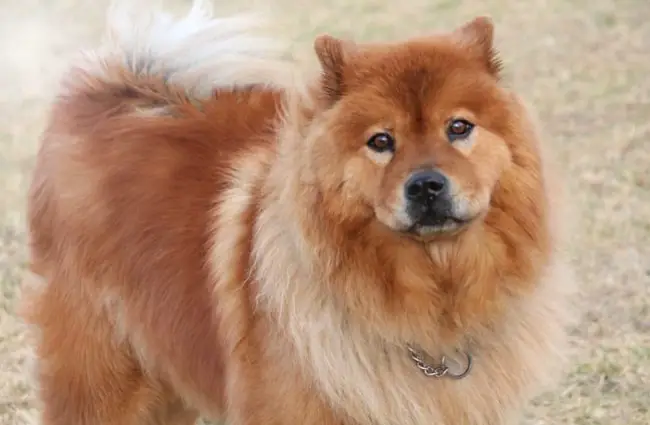
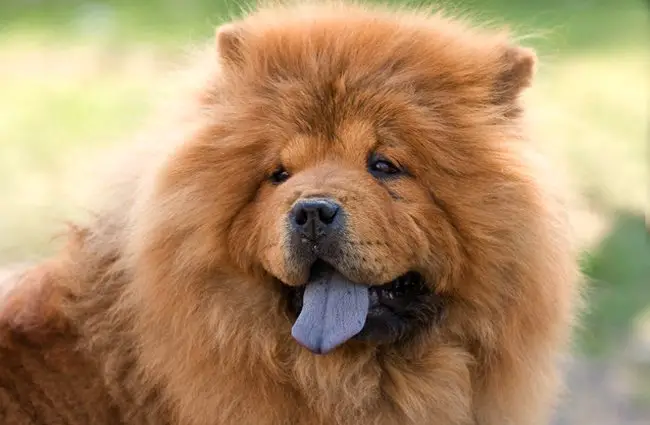
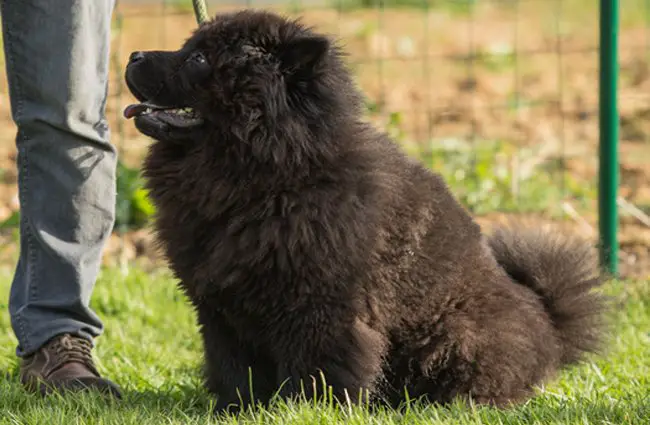
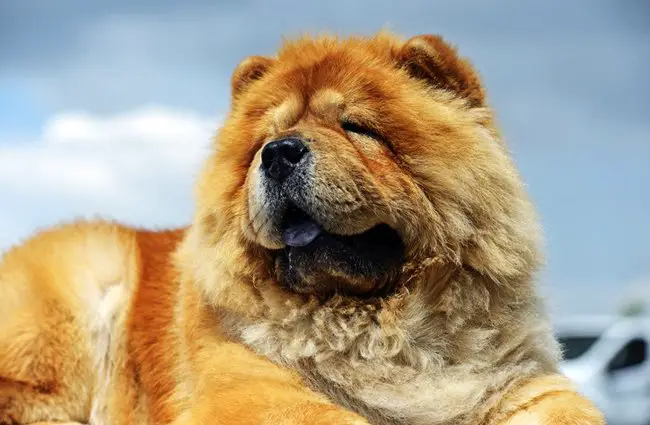
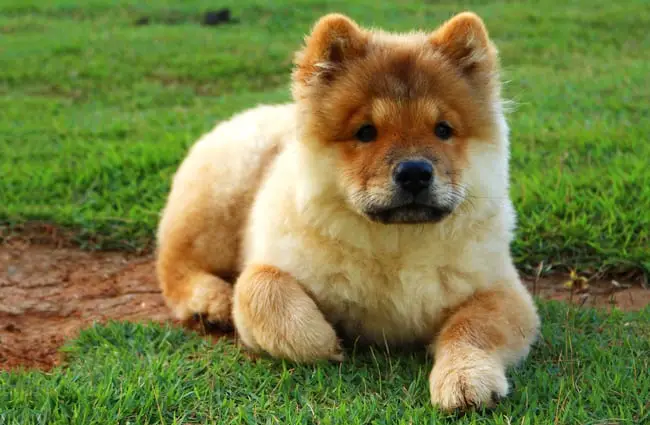

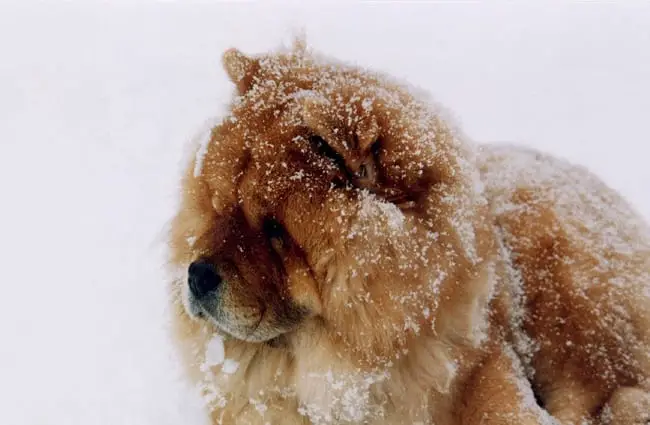

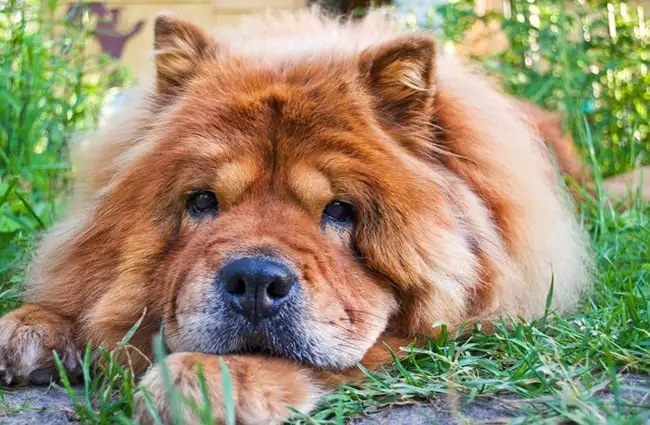

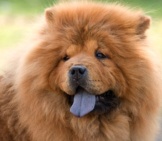


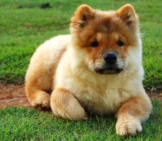

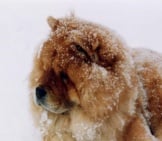
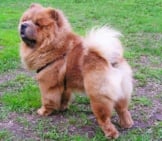
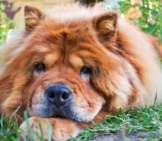













![Red Angus Closeup of a beautiful Red Angus cowPhoto by: U.S. Department of Agriculture [pubic domain]https://creativecommons.org/licenses/by/2.0/](https://animals.net/wp-content/uploads/2020/03/Red-Angus-4-100x75.jpg)

